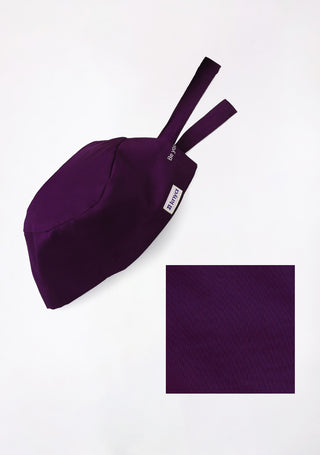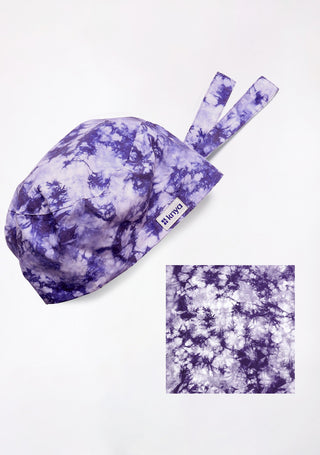Scrubs in various colors serve different purposes, from differentiating departments to reducing eye strain and maintaining hygiene. Red scrubs, in particular, stand out due to their distinct psychological and practical implications.
Psychological Impact of the Color Red
Red is a powerful color that has deep psychological effects. It is often linked with urgency, attention, and strong emotions. These associations make red a suitable choice for scrubs in high-stress and emergency settings. Some key psychological effects of red include:
- Increased Alertness: Red is a stimulating color that draws attention quickly, which can be beneficial in fast-paced environments like emergency rooms (ER) and trauma centers.
- Perception of Authority and Confidence: Medical professionals wearing red scrubs may be perceived as more authoritative, which can be reassuring for patients in critical situations.
- Symbolism of Life and Vitality: Red is commonly associated with blood, the heart, and life, making it a fitting choice for medical personnel dealing with life-saving procedures.
Differentiation Between Medical Roles
In many hospitals, scrubs are color-coded to help distinguish different medical professionals. Red scrubs may be designated for:
- Emergency Department (ED) Staff: In some hospitals, red scrubs are worn by ER nurses and doctors to help patients and staff quickly identify emergency personnel.
- Surgical Teams: Although blue and green are more common in the operating room, some surgical teams use red scrubs for quick recognition.
- Specialized Units: Blood donation centers, trauma units, or critical care teams may use red scrubs to indicate their specific roles.
Functional and Practical Reasons for Red Scrubs
Beyond the psychological and organizational benefits, red scrubs offer several practical advantages that make them an excellent choice for healthcare professionals.
Bloodstain Concealment
One of the most significant advantages of red scrubs is their ability to mask bloodstains. In medical environments where exposure to blood is frequent, such as in trauma centers or surgical units, wearing red scrubs can:
- Reduce the Visibility of Bloodstains: Unlike white or light-colored scrubs, red fabric makes blood stains less noticeable, maintaining a clean and professional appearance.
- Minimize Patient Anxiety: Patients, especially in emergency settings, may feel uneasy at the sight of blood. Red scrubs can help reduce this distress by blending bloodstains into the fabric.
Discover the best lab coat designed for comfort and protection. Shop from here.
Contrast with Blue and Green Scrubs
Red scrubs create a clear contrast with the more common blue and green scrubs worn by other healthcare professionals. This contrast can be beneficial in a medical setting where quick identification of different roles is essential. By standing out, red scrubs ensure that emergency and trauma staff are easily recognizable.
Cultural and Institutional Preferences
Some hospitals or medical institutions choose red scrubs as part of their branding or cultural identity. For example:
- Hospitals with a Red-Themed Logo or Uniform Code: Institutions may select red scrubs to align with their branding and visual identity.
- Regional and Cultural Significance: In some cultures, red is associated with protection, energy, and healing, making it a meaningful choice for healthcare attire.
Material and Fabric Considerations
Red scrubs, like other medical scrubs, are designed with functionality in mind. They are typically made from materials that offer:
- Breathability: Ensuring comfort during long shifts.
- Durability: Withstanding frequent washing and exposure to medical substances.
- Antimicrobial Properties: Some modern scrubs incorporate antimicrobial fabrics to reduce the risk of contamination.












